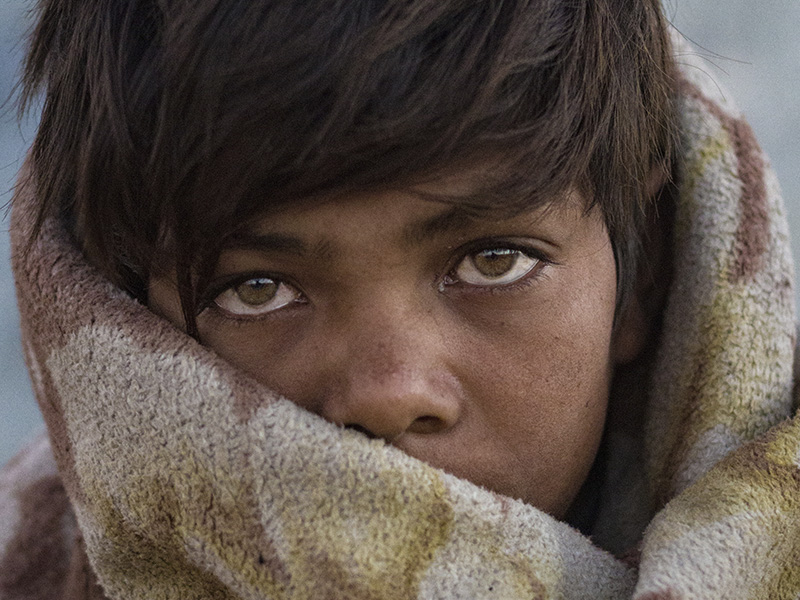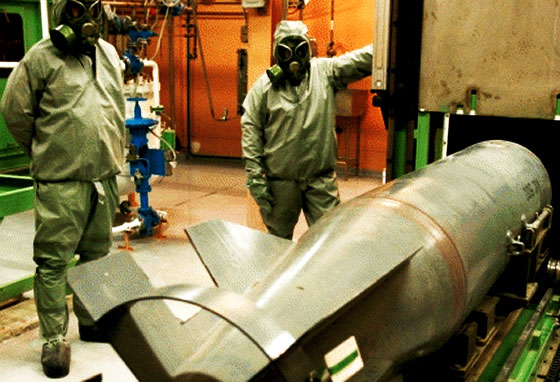Biometrics has the capacity to radically improve society, but this potential is often tempered by an underlying concern about what it means to reduce people to a set of biological signatures. Is measuring fingerprints and irises necessarily dehumanizing, and even, as some might suggest, an assault on human dignity? Given how nascent the technology is, debate often centres around hypotheticals – what would be like if biometric data were eventually abused? What is often missed in the conversation is how biometrics, as used today, can actually be a tool to humanize people. Specifically, when it comes to refugees and vulnerable migrants, biometrics is fast becoming a means by which people can be given dignity that would otherwise be denied to them.
Refugees and migrants often lack legal documents that can authenticate their identities. When one’s main focus is on survival, the need to eat takes priority over the need to prove who you are. The unfortunate downside of this is that, in the current global system, having a legally verifiable identity is often essential to surviving. Proof of who you are is the first step to establishing legal personhood, a concrete identity that can be integrated within financial and humanitarian systems. For refugees who, through violence, have been effectively stripped of their personhood, biometrics can help them rebuild their identities, giving them access to a larger menu of legal rights and assistance programs. This identity, being rooted in something as immutable as the body, is by its nature more resilient to the disruptions that refugees typically face. Papers can be lost, stolen, or destroyed, but a refugee can rely on a body that can never be dispossessed.
This isn’t theoretical. Biometrics are being incorporated into refugee programs at this very moment. The United Nations Human Rights Council (UNHRC) is already deploying technology this way. In 2013 the UNHCR began testing a global Biometric Identity Management System, through which refugees can be registered and identified anywhere in the world. It was test piloted in Malawi, where it enrolled 17,000 refugees, and then expanded into other regions such as Thailand and Uganda. So far, the results have been promising. Humanitarian workers report easier processing and service delivery, better tracking of refugee flows, and a decrease in aid fraud. The anti-fraud element is particularly important, given that aid is often deployed in regions vulnerable to corruption, which is then exacerbated by the chaos in refugee management. To illustrate, officials sometimes exaggerate refugee numbers and embezzle the resulting surplus aid. Development specialists see biometrics as an opportunity to bolster the integrity of aid systems, build donor confidence, and give refugees more access to the resources that are owed to them but often stolen.
While there seems to be popular support for adopting biometric testing in a general sense, there isn’t consensus on what the specifics ought to be. In many ways, the UNHCR’s current program is a way to build that consensus by demonstrating what works. Just a few years ago, feasibility wasn’t certain. Technology was new and cumbersome. Could biometric authentication be affordable, fast, and reliable across a variety of different environments? With iris and fingerprint scanning, the answer so far has been yes. Some experts are exploring rapid DNA testing, but that’s currently cost-prohibitive and unwieldly. DNA testing also brings up unique privacy concerns. It can, for example, expose family secrets about parentage, or leave refugees with too little control over data that can be used to infer their medical information.
Though many of these programs are only in their testing stages, or just beginning to be more widely implemented, they mark the beginning of a grander vision of how bio-authentication systems might help refugees or other vulnerable groups. While current systems rely on aid workers, who use specialized equipment to handle testing in a relatively limited set of scenarios, some imagine a future where this technology is more decentralized and democratic. The UN is currently piloting a system in Jordanian refugee camps where Syrian refugees receive aid in the form of Ethereum, a popular crypto-currency. Iris scans are used both for when refugees receive aid and when they make any transactions. It’s a system that creates more security, since the reliance on iris scans, for both dispersing and using aid, inoculates the system from theft. As smartphones incorporate more biometric tracking features, it may be possible to integrate these systems into the tech that refugees already have in their pockets. Mobile payment systems are already popular in developing nations, so there’s already a cultural framework for mobile-based refugee aid programs. The technology is new, exciting, and the possibilities have only just begun to be explored.
Featured Image: A refugee. Via Pexels.com.
Disclaimer: Any views or opinions expressed in articles are solely those of the authors and do not necessarily represent the views of the NATO Association of Canada.




